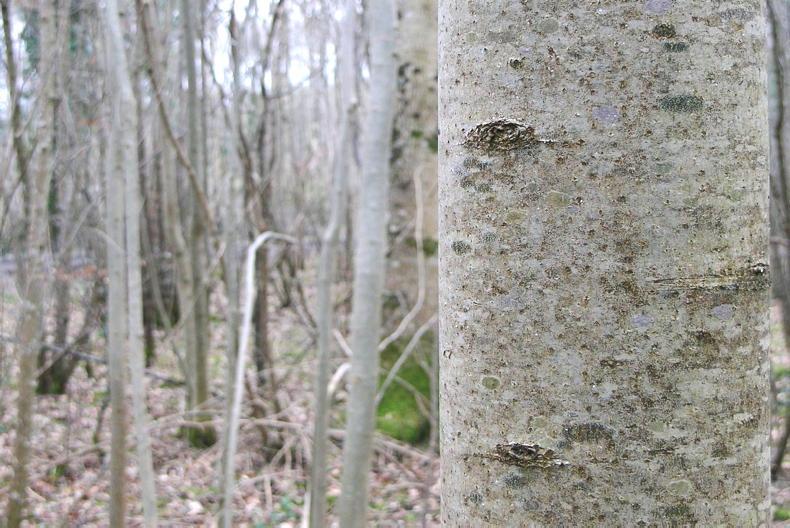Scientists have discovered a natural resistance to ash dieback (ADB) in certain ash trees which could help combat the disease that has devastated forestry in the UK and Ireland.
An €18m scheme was introduced by the Department of Agriculture for affected forest owners last year, but forest groups and organisations say that losses caused by ADB have far exceeded this amount.
Our work shows that the small molecules in leaves could give a pretty reliable indication of a tree’s resistance
With a focus on broadleaf planting on farms, this study, undertaken by the University of Warwick and Exeter, could help to restore enthusiasm for the planting the native ash.
Tree resistance
Scientists found that naturally occurring compounds in ash leaves could be linked to susceptibility or resistance of individual trees the ABD.
“Ash dieback is an enormous problem for the UK, as ash makes up 5.5% of British woodlands. It is the third most abundant tree species in the UK, with numbers exceeding 100 million trees.
"Ash dieback could be devastating to the British landscape and it is estimated it could cost the UK economy up to £15bn,” Dr John Sidda from the School of Life Sciences at Warwick said.
"Currently, there is no treatment for the disease, so it is vital we understand all the possible pathways to developing resistance."
Work is already under way to validate our results on a much larger panel of UK trees
“Our work shows that the small molecules in leaves could give a pretty reliable indication of a tree’s resistance, as well as new insight into possible resistance mechanisms.
"Work is already under way to validate our results on a much larger panel of UK trees and to identify other compounds that contribute to ash dieback resistance.”
However, scientists on the study sounded a note of caution that while the news was hopeful, there was also a downside that the selectively-bred resistant trees could be more susceptible to invading pests and said that work was still needed to complete the process.






 This is a subscriber-only article
This is a subscriber-only article










SHARING OPTIONS: